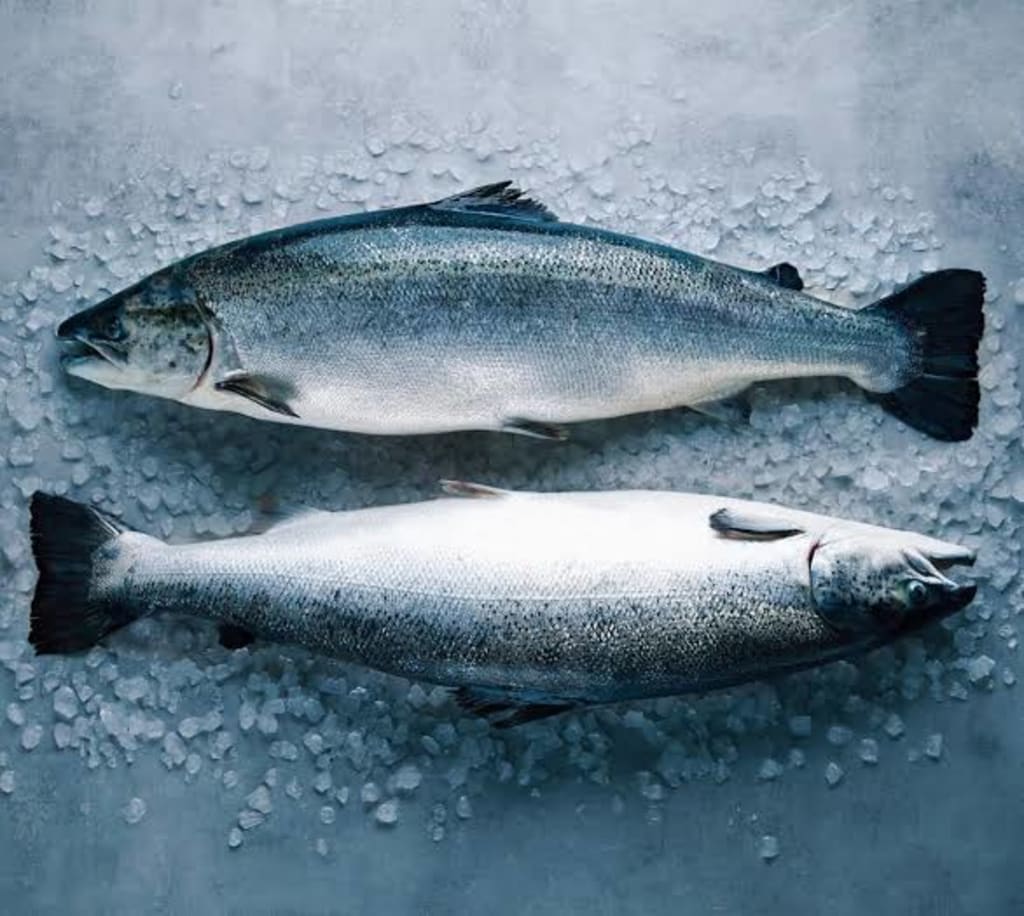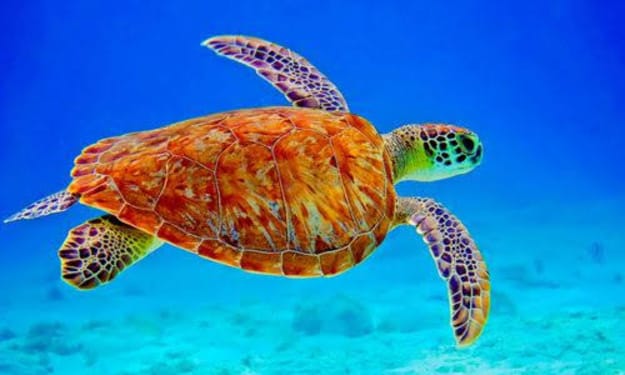The Incredible Instincts of Migrating Salmon
Let’s Quickly Talk About Salmon

Salmon are remarkable fish known for their incredible migratory instincts. Each year, millions of salmon embark on an epic journey from the ocean back to the freshwater streams where they were born.
This journey is a testament to their endurance, navigational skills, and the powerful instincts that drive them.
Understanding the life cycle and migration patterns of salmon provides a glimpse into one of nature's most extraordinary phenomena.
The Life Cycle of Salmon
Salmon are anadromous fish, meaning they are born in freshwater, migrate to the ocean to grow and mature, and then return to freshwater to spawn. This complex life cycle can be divided into several stages:
1. Egg Stage: Female salmon lay their eggs in gravel nests called redds, usually in freshwater streams or rivers. After fertilization, the eggs incubate for several months before hatching.
2. Alevin Stage: Once hatched, the young salmon, known as alevins, remain in the gravel, feeding on their yolk sacs until they are ready to emerge.
3. Fry Stage: When the yolk sac is depleted, the alevins become fry and begin to swim freely. They spend a few months to several years in freshwater, depending on the species, before migrating to the ocean.
4. Smolt Stage: During this stage, juvenile salmon undergo physiological changes that allow them to survive in saltwater. This process, called smoltification, prepares them for their journey to the ocean.
5. Adult Stage: In the ocean, salmon grow rapidly, feeding on abundant marine life. They spend several years in the ocean before their instincts drive them to return to their natal streams to spawn.
6. Spawning Stage: Adult salmon undertake a perilous journey back to their birthplace, where they spawn and then die, completing their life cycle.
The Migratory Journey
The migration of salmon is one of the most incredible feats in the animal kingdom. Salmon travel hundreds, sometimes thousands, of miles from the ocean to their spawning grounds in freshwater rivers and streams.
This journey involves several key stages:
1. Ocean Phase: Adult salmon spend several years in the ocean, where they grow and mature. During this time, they travel vast distances, often across entire ocean basins.
2. Return Migration: As salmon reach maturity, their instincts drive them to return to their natal streams. This journey begins in the ocean, where they navigate through complex and varied marine environments.
3. River Navigation: Upon reaching the river mouth, salmon face numerous challenges, including strong currents, waterfalls, and predators. They use their powerful swimming abilities and remarkable endurance to overcome these obstacles.
4. Home-stream Navigation: One of the most astonishing aspects of salmon migration is their ability to find their way back to the exact stream where they were born.
Scientists believe they use a combination of environmental cues, including the Earth's magnetic field and the unique chemical signature of their home stream, to navigate.
Incredible Instincts and Navigation
The navigational instincts of salmon are nothing short of extraordinary.
Researchers have discovered that salmon possess an innate ability to detect and remember the unique chemical composition of their natal stream. This "olfactory imprinting" occurs during their early life stages and allows them to recognize their home waters when they return as adults.
In addition to olfactory cues, salmon also rely on the Earth's magnetic field for navigation.
This ability, known as magnetoreception, helps them orient themselves and find the most efficient route during their oceanic phase.
The combination of olfactory and magnetic cues enables salmon to undertake one of the most precise and challenging migrations in the animal kingdom.
Challenges and Conservation
The migration of salmon is fraught with challenges. Overfishing, habitat destruction, pollution, and climate change pose significant threats to salmon populations.
Dams and other man-made barriers can obstruct their migratory routes, preventing them from reaching their spawning grounds.
Conservation efforts are crucial to preserving salmon populations and ensuring the continuity of their incredible migratory journeys. These efforts include:
1. Habitat Restoration: Restoring and protecting freshwater habitats, such as streams and rivers, is vital for the survival of salmon. This includes removing barriers, improving water quality, and re-establishing natural flow regimes.
2. Sustainable Fishing Practices: Implementing and enforcing sustainable fishing practices helps prevent overfishing and ensures that salmon populations remain healthy and viable.
3. Climate Change Mitigation: Addressing climate change by reducing greenhouse gas emissions and implementing adaptive strategies helps protect the habitats that salmon rely on throughout their life cycle.
4. Public Awareness and Education: Raising public awareness about the importance of salmon and their ecological role encourages support for conservation initiatives and sustainable practices.
Conclusion
The incredible instincts of migrating salmon showcase the marvels of nature and the resilience of these remarkable fish.
Their journey from the ocean back to their natal streams is a testament to their endurance, navigational prowess, and the powerful instincts that guide them.
By understanding and protecting salmon and their habitats, we can ensure that future generations will continue to witness and be inspired by one of nature's greatest migratory phenomena.
About the Creator
Dibio Augustine
Professional Animal behavior writer. ❤️
Learn more about your favorite animal/pet behavior here 📚
Come with your dictionary 🥴






Comments
There are no comments for this story
Be the first to respond and start the conversation.